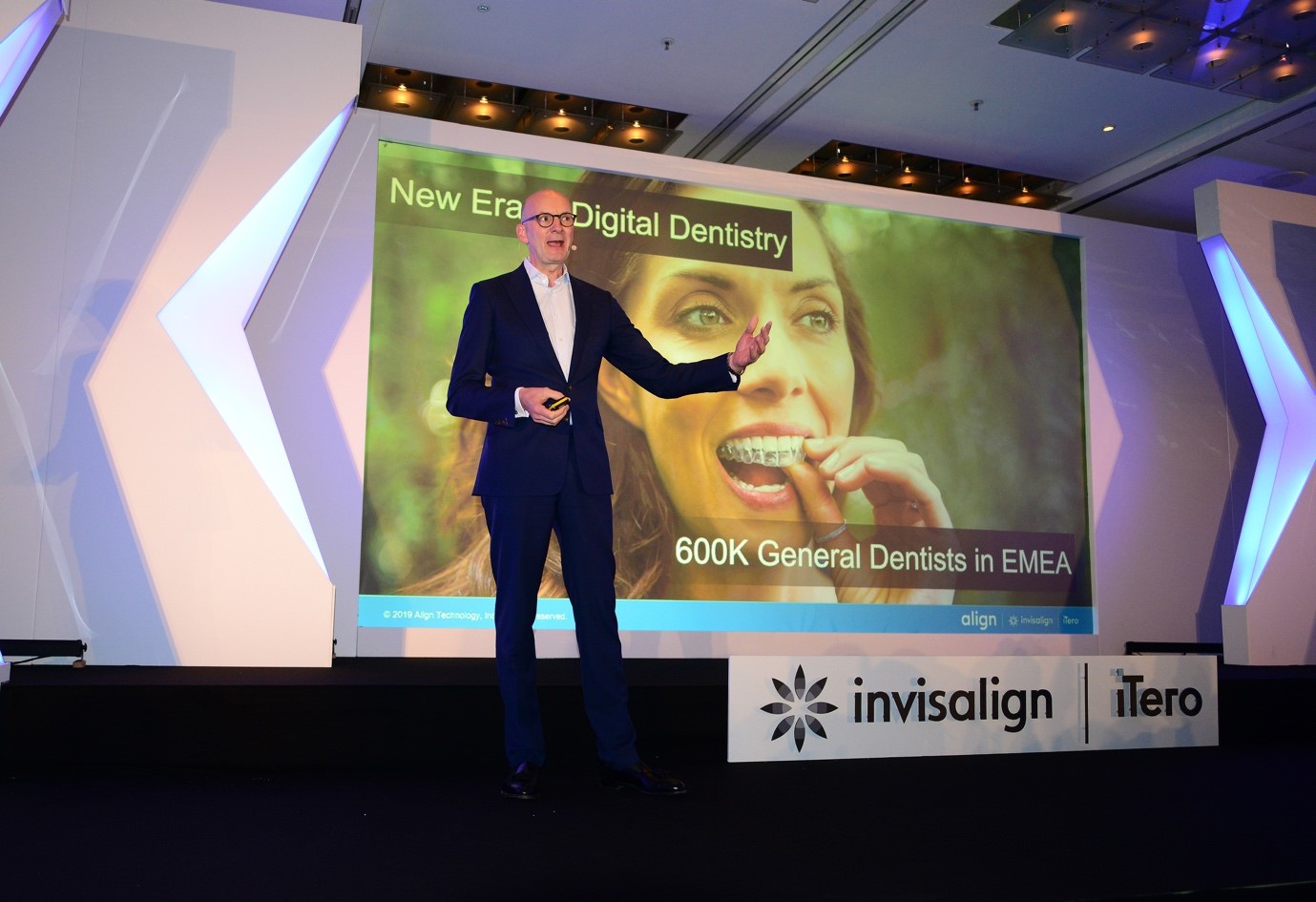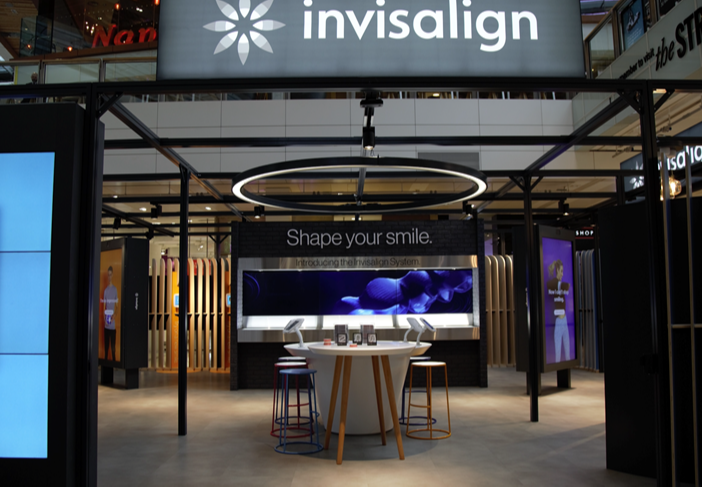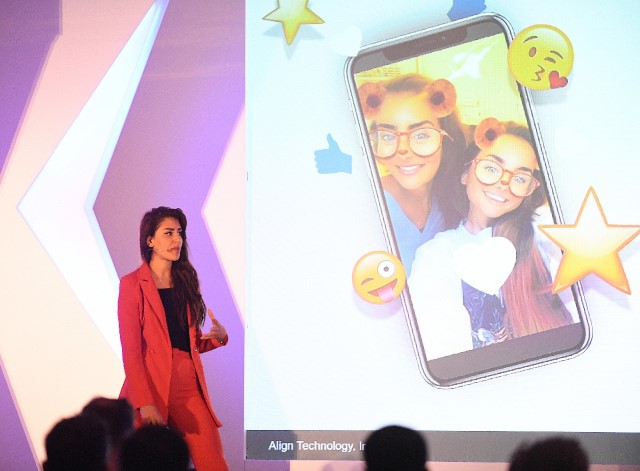Generation Me: How to Engage the Next Generation of Consumers
In any one day, dentists will see a patient list that spans six generations – each with different values and expectations. But it’s ‘Generation Z’ (GenZ) born mid-1990s to mid-2000s who most define the need for a totally new form of patient–consumer practitioner dialogue. This, the first generation to grow up in an entirely digital world, won’t waste time on anything that isn’t totally relevant to them, in the world as they see it. So, how can businesses tune in to this radically new age of consumer?
For the practitioner there’s no leeway – it’s all about getting the ‘conversation’ right. This generation is quick to say “no” if professionals don’t provide a message that is: relevant and authentic, and about ‘me now’. GenZ is a generation of selfies, of Instagram and of TikTok. This is the generation that has shaped the new model of ‘influencer marketing’ and will most certainly define marketing in the future.
Speaking at the 2019 Align Technology Growth Summit in Berlin, Zelko Relic, Align Technology’s Chief Technology Officer and Senior Vice President of Global Research & Development, told delegates that the innovation and capabilities that the company has and continues to invest in aims to provide dentists with “an extremely powerful way to bring the consumer to you”.

Specifically, the new SmileView App with its ability to create instantaneous visualisation is a powerful marketing tool for doctors. It taps into the psyche of the ‘selfie generation’ – which while predominates in GenZ, spans other generations to include anyone who is image focused. The technology behind SmileView allows people to see what their smile would look like in just 60 seconds1 by taking a smiling selfie. Practices that have implemented SmileView are averaging 6 leads per quarter through the in-practice tool.2 Indeed, SmileView is such a powerful tool for bringing the consumer to the practitioner that on Wednesday July 17, 2019 Align Technology launched its first Invisalign Connect pop up at London’s Westfield shopping centre with more pop ups planned through Europe.

GenZ are true digital natives3, using their smartphone for everything from hailing a cab to streaming live video to chatting to their parents. Instagram, YouTube, whatever is ‘in’ have been enormously successful in facilitating their digital interaction and conversations. Savvy Invisalign dentists understand the impact that peer reaction can have on their business and recognise that digital conversations only have value if they are authentic and instant. The pleasure the consumer feels of seeing that almost instantaneous ‘like’ ‘emoji’ or ‘comment’ is everything, often expanding their (and therefore the business’s) digital footprint in the process.

In 2014 the Invisalign Teen® confidence survey4 found that 90% of teens feel judged by their peers. The survey also found that 94% of teens think their appearance has an impact on their popularity. Image, then, as portrayed in real-time storytelling within the digital eco-system plays a huge part in self-belief and self-confidence for digital devotees. (Digital peer response is also shaping the life choices of older generations at a significant rate too.)
At the 2019 Align Technology’s Growth Summit, Berlin, Ken Hughes, Leading Consumer, Shopper Behavouralist, Playologist was earnest about the need to “humanise conversation”. Hughes is a stalwart advocate that businesses must offer the consumer preoccupied with digital “Shareable Experiential Equity”. What does he mean by this? Simply that if what you ‘sell’ doesn’t make someone take their phone from their pocket and snap a photo to share, then it’s lacking in experiential equity. “If they don’t want to ‘share’ their product experience within their digital eco-system, then you have failed in delivering an experience. Today’s social currency is not what you own, it is what you are doing, where you are and whom you’re with. Millennial and Gen Z consumers place much more value on experiences opposed to material ownership. They want to travel, tell stories and share their lives with others,” he said, adding, “It’s crucial that businesses stay connected to the consumer outside the treatment room. When they [patients] leave you their peer-to-peer conversations are your brand’s biggest asset. This is what will drive your business.”
A smile it is often said is an ‘international language’. So too it seems is the visual. In 1927 Fred R. Barnard national advertising manager of the US agency Street Railways Advertising, was quoted as saying: “A picture is worth ten thousand words”; a phrase he used in the advertising trade journal Printers' Ink, promoting the use of images in advertisements that appeared on the sides of US streetcars. Fast forward… and the new social currency is about sharing experience with images and videos, only this time in a digital setting. The lead times for print are long gone. Today it’s about sharing ‘the moment’, as it happens and the response it triggers – it’s about instant gratification. As Hughes summed up at the Summit: “You are giving them a straight smile but give them too a reason to smile.” Let them own it.
1 Data on file at Align, as of April 23, 2019. Based on a limited market release (LMR) conducted with 59 participating accounts (5+ selfies submitted using the SmileView in-practice tool) in U.S., UK and Canada. Time from submitting selfie to getting the results image returned to device.
2 Data on file at Align, as of April 23, 2019. Based on a limited market release (LMR) conducted with 59 participating accounts (5+ selfies submitted using SmileView in-practice tool) in U.S., UK and Canada. Lead is defined as person completing and submitting contact information to their doctor.
3 How obsessed is Gen Z with mobile technology? https://genhq.com/how-obsessed-is-gen-z-with-mobile-technology/ [Accessed July 26, 2019]
4 Invisalign Teen Confidence Survey, 2014.
